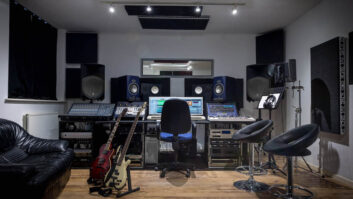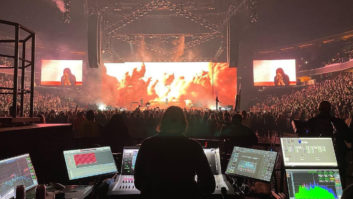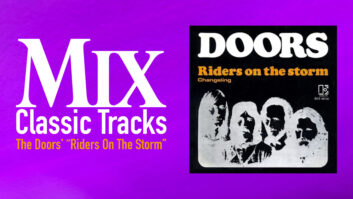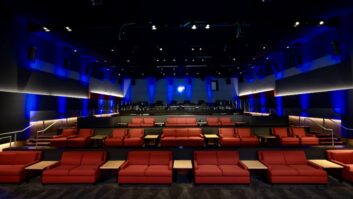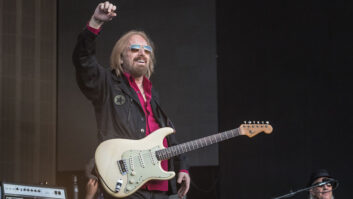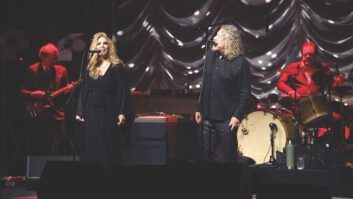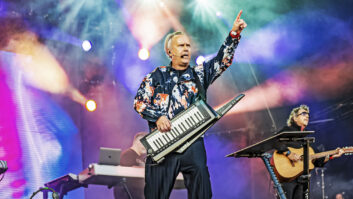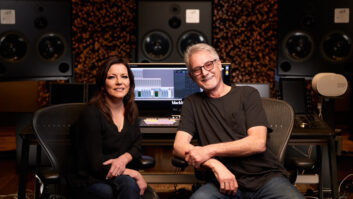There was a bit of-old-school 1970s-’80s live magic and vibe on the road this past summer as the seemingly unlikely pairing of Def Leppard and Journey co-headlined stadiums and arena across North America, sometimes joined by friends Peter Frampton, the Pretenders, Cheap Trick or Foreigner, wrapping up 60 shows in early October, selling more than a million tickets and grossing just over $100 million.
This isn’t supposed to happen. Bands that busted out at the dawn of MTV aren’t supposed to sell 43,000 in Denver, or 42,000 in Minneapolis. But these guys do.
“These last four years have been great,” says Journey FOH engineer Keith “Meaux” Windhorst, who hooked up with the band after eight years with Heart. “I’m as big a Journey fan as the guy who sits in the front row, and I get to mix the soundtrack to my life every night. Nothing wrong with that. And they’re only getting more popular as they go on. Crazy to think that, but they are. I think it has something to do with videogames and American Idol and Glee and TV shows like that. There are multi-generations in the crowd, from 70 years old down to teenagers.”
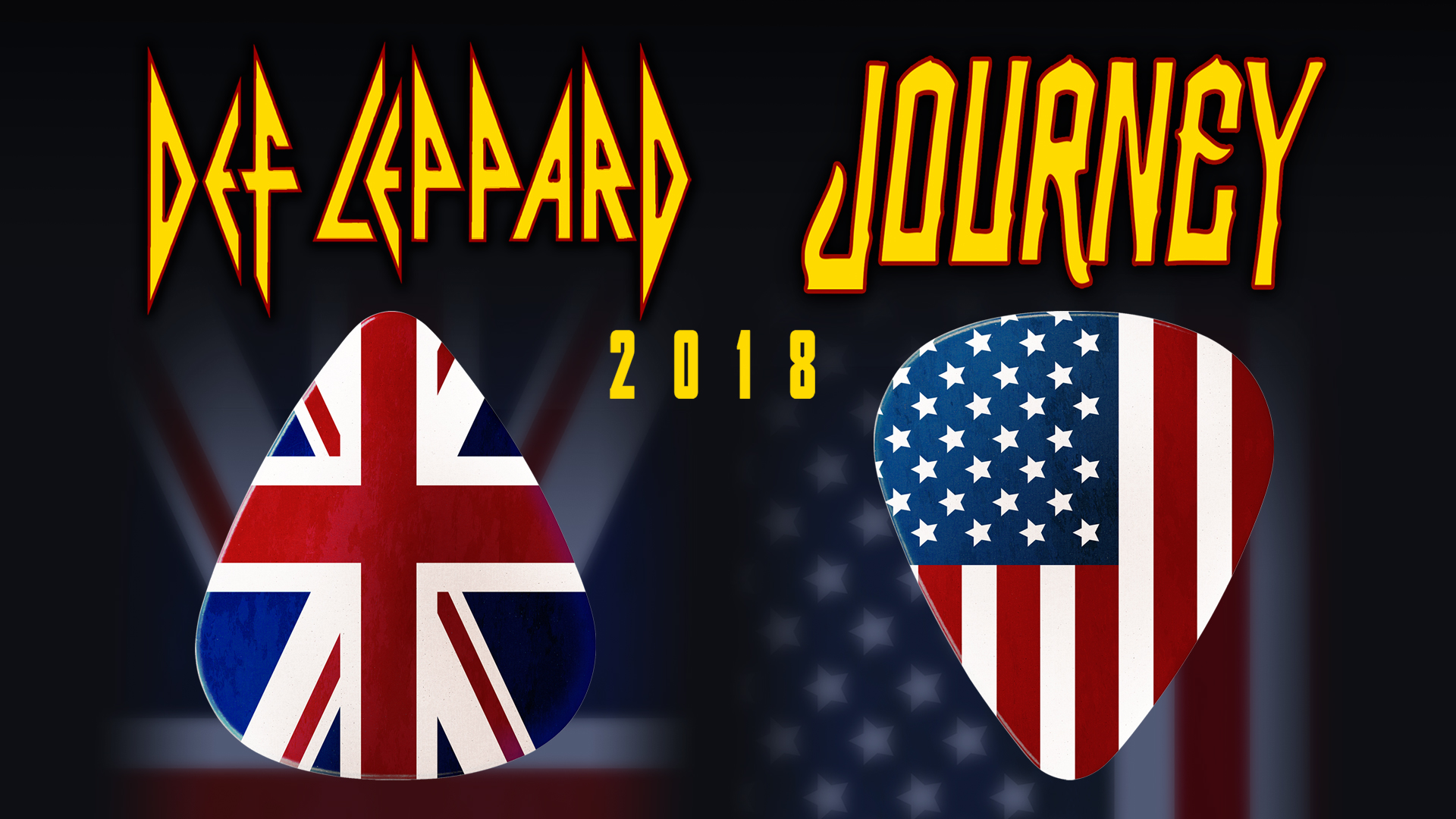
Windhorst, a New Orleans native, is a self-described “old-analog guy” who after cutting his teeth “in every sh*# bar in Louisiana, Texas and Mississippi” and logging every audio job on the road there is, now finds himself at an Avid S6L digital console. He loves the sound of the S6, though he admits that he could never make use of all its features. He laughs when he says, “I could retire happy if I end up never knowing what goes on in that drive rack to the right of my desk.”
Def Leppard had its DiGiCo SD7 consoles and control systems for FOH and monitors provided by Sound Image, while Journey carried Avid S6L consoles supplied by VER. Britannia Row supplied the L-Acoustics P.A., with an arena package that included, per side: main hang 16x K1 and 4x K2; side hang 10x K1 and 8x K2; rear hang 14x K2; 8x K1-SB flown subs; 30x KS28 ground subs; 2x Arc II flown infill; 8x Kara ground fill. More of each were added for the stadium dates.
The tour opened in Hartford, Conn., in late May, and from that point on, the bands basically alternated opening and closing, with some spots prearranged in honor of each act’s following. (Journey, for instance, closed the night to 35,000 plus local fans at San Francisco’s AT&T Park.) Each night both bands had line checks, but only the opening act got a soundcheck. By the end of the tour, each had opened and closed 30 times. Switching between stadiums and arenas is not easy on the sound team, as none of them were purpose-built for music.
“When you’re dialed in with your gain structure—and your routing and busing and effects—and you’re on your same desk from night to night, a line check is fine,” Windhorst says. “If the kick drum is right, everything else follows. It’s always been like that for me. It tells me the level of the P.A., the level in the room, the reaction of the low end, the reflections, and the gain structure for everything else. Then you put the whole drum kit together and the other instruments follow. You get your gain structure and levels in line, the tones right, and if you don’t get to soundcheck, you have the first 30 seconds of the show. That’s what we get paid for.”
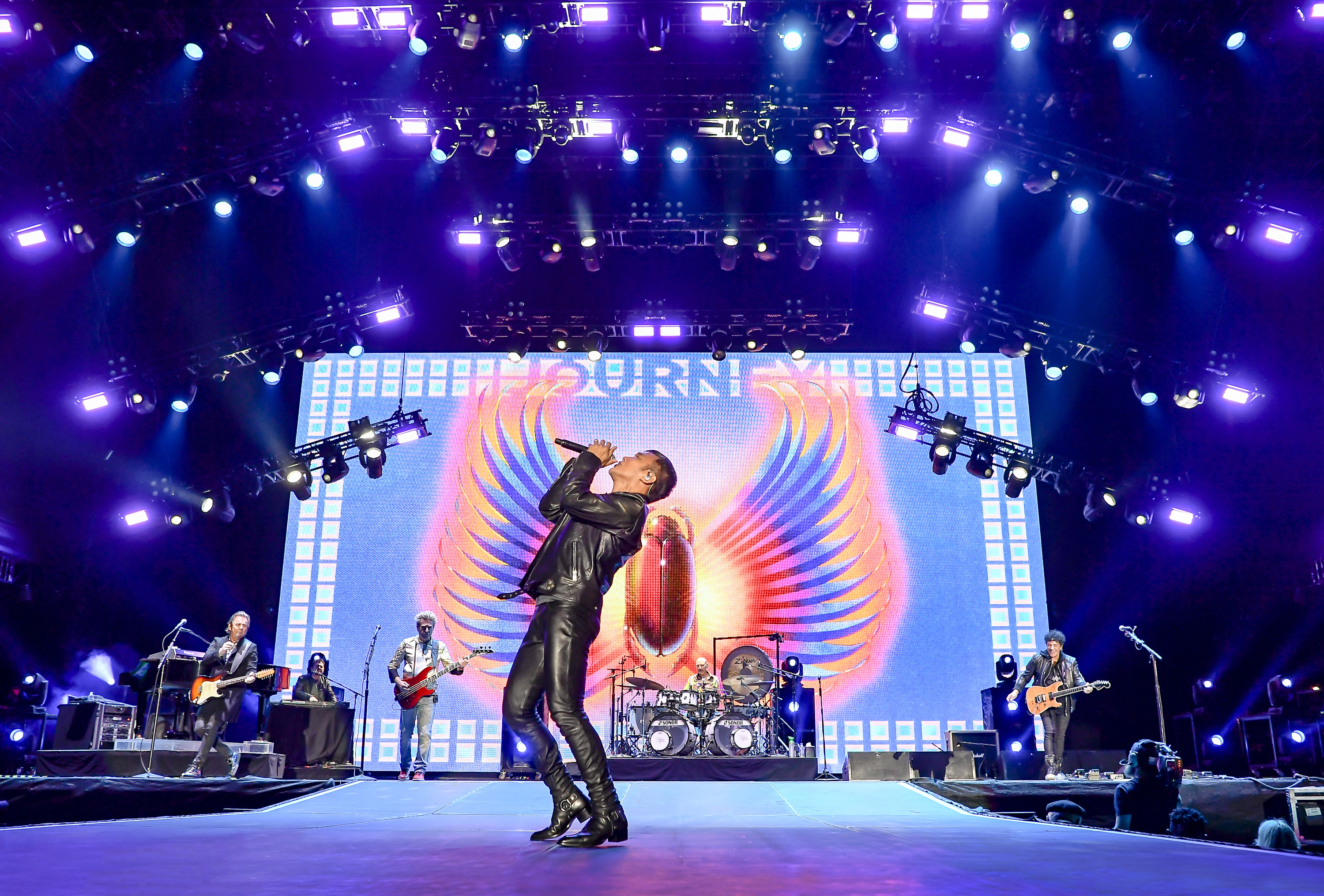
Windhorst first worked on the S6L with Heart, loving its sound and admiring the convenience of showing up to fly dates with a Flash drive. He employs plug-ins minimally across the 54 inputs, saying that he might use 15 in total, with eight of them either reverb or delay—just a handful of compression and effects. He uses no snapshots or scenes.
Related stories:
• Classic Tracks: Journey’s “Don’t Stop Believin’,” by Robyn Flans, Jun 1, 2007
• Classic Tracks: Journey’s “Open Arms,” by Robyn Flans, May 2, 2016
“I approach things from an analog standpoint,” he explains. “I want to stay in the moment, and staying in the moment can mean turning the gong on and off, or turning the effect on and off. It makes me think ahead for what’s coming up in the song. To me, an active mix is about very small incremental changes in the VCAs. When I have my players together on the VCAs. I have three fingers on the left hand and three fingers on the right hand, with small features for the keyboard tagline or a guitar fill or a snare. Small changes in just the right groupings is playing my instrument. I’m not a musician, but I’m playing the song like they’re play the song out there.”
Arnel Pineda, lead singer for the past ten years sings into a wireless Shure SM-58, and Windhorst adds only a very short delay to add space and a tap tempo to sometimes dig in and ring out a note. He doesn’t like to add a chorus-y reverb feel, and he never wants the tones overprocessed. “It’s a real basic setup,” he says.
Guitars, however, are another matter, keeping Windhorst on his toes. “Neil Schon is a monster—always has been and always will be,” he says. “He’s very fond of effects. From night to night, what he gives me per song can be completely different. Depending on how deep he gets into his pedal board, it changes song to song and night to night. His level on stage is actually quite low. He trusts how he hears the reflections in the house when he’s on stage. A handful of guitar channels are stereo and effects driven. A good 57 on a 12-inch speaker has worked for me for years.”
Related: Veteran Front of House Engineer Keith “Meaux” Windhorst Takes Musical Journey with Legendary Rock Band, Sep. 13, 2018
Jonathan’s Cain’s keyboards add some synth patches that are clearly 1980s sounds, part of the band’s sound, as are Ross Valory’s bass lines. But for Windhorst, the mix starts with Steve Smith on drums. And for this tour, the band added a DPA mic setup to the inventory just for Smith.
“Like Neal, Steve Smith on drums is just a monster, “Windhorst says. “His playing is so consistent. I’ve worked with hundreds of drummers, and he is their god. He’s not a basher, so the overheads are not affected by the snare. I can use the overheads properly and not have to highpass a lot of that low-mid frequency away from them. I can use them right. He has six toms, and light gating on each of them gives me the proper input per microphone. We made a switch to DPA mics on the drums this year, and we like them a lot. They sound true.”
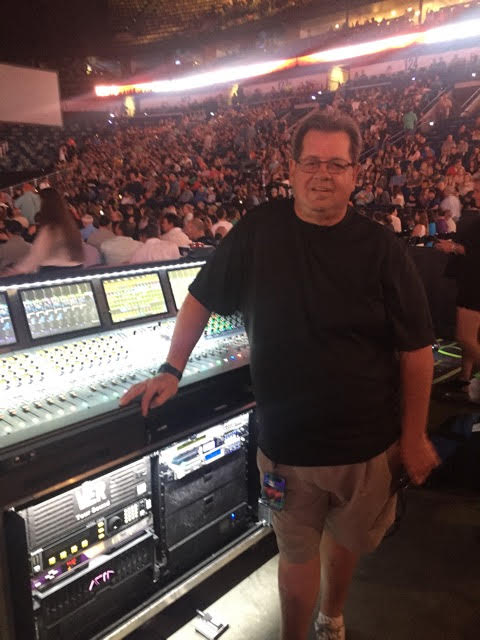
The tour wrapped up in early October, and by all accounts was a huge success. Def Leppard went right back on the road for a November-December run through Japan, Australia, New Zealand, Ireland and the UK. (Ronan McHugh mixes FOH for the band and was in Hawaii for a short break before the October 24 Tokyo date. Mix will feature McHugh in an upcoming profile.)
Want more stories like this? Subscribe to our newsletter and get it delivered right to your inbox.
“Following Def Leppard is a tall order. They’re an all-out rock band, and they can wear you out over 90 minutes, then Journey comes out and it’s a different animal, with pop ballads and pop rock songs. Back in the old days, there were stacks of Marshalls on the stage, and it was rock and roll. Today, Journey has a very quiet stage, so this massive sound we have coming out front is what the mix is all about.”
Windhorst, meanwhile, can take some time to rebuild portions of his life back home, on the west side of New Orleans. While in a parking lot in Nebraska in early September, during load-out, he got a call from his sister, and it’s never good news when you get a call after midnight on the road, he says. There was a fire at his house, his childhood house where he lived with and cared for his parents. He watched it burn to the ground, in real time, on his phone. Everybody got out fine, though they really did lose everything but the shirts on their backs. A lifetime of tour memorabilia went up in flames. Still, Windhorst, in that peculiarly Southern way, was remarkably upbeat during the interview. We wish him well.
